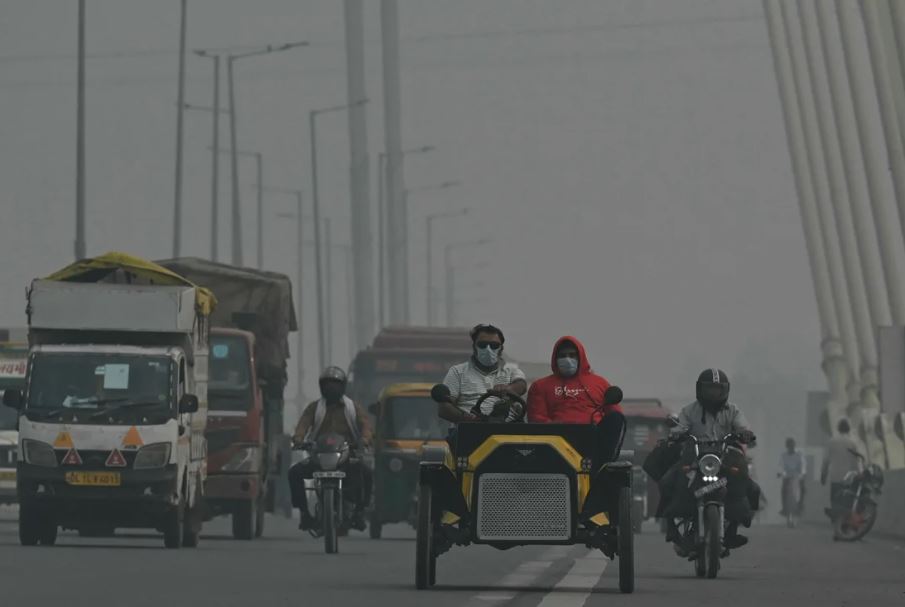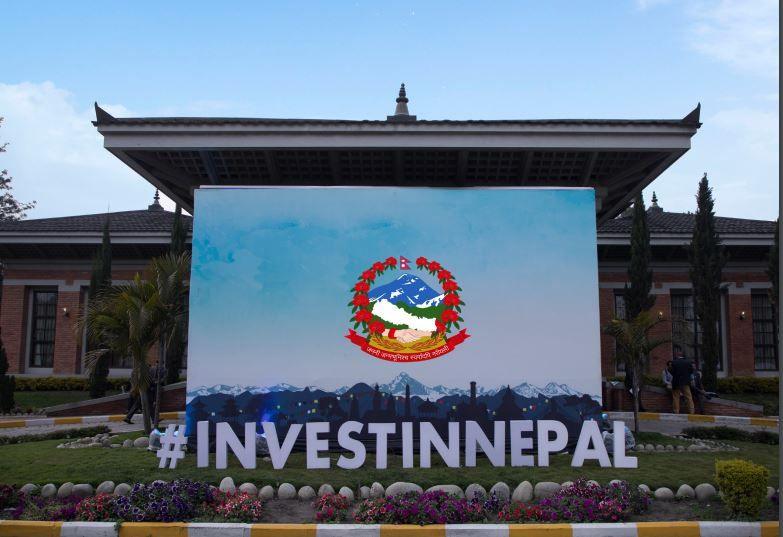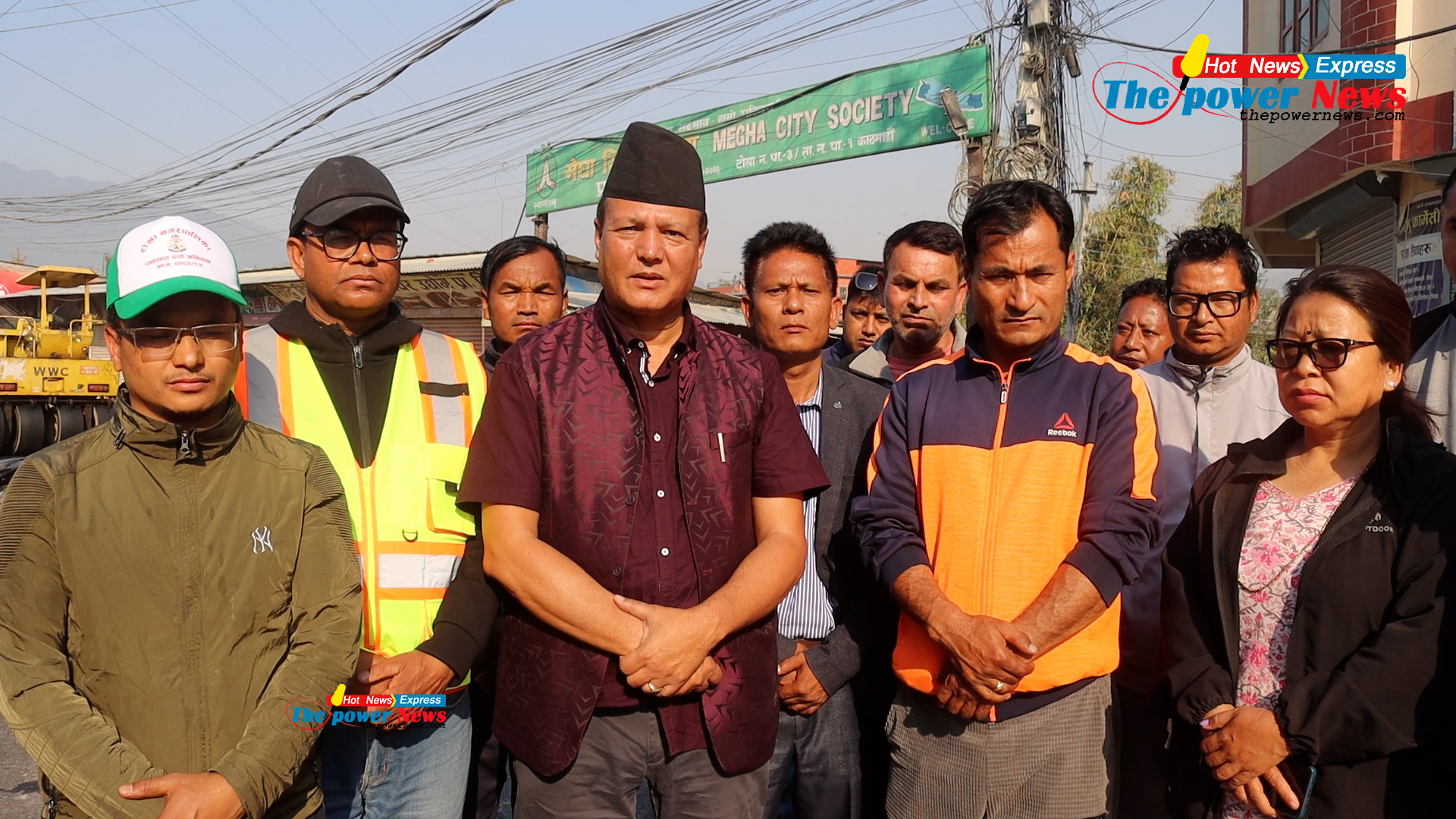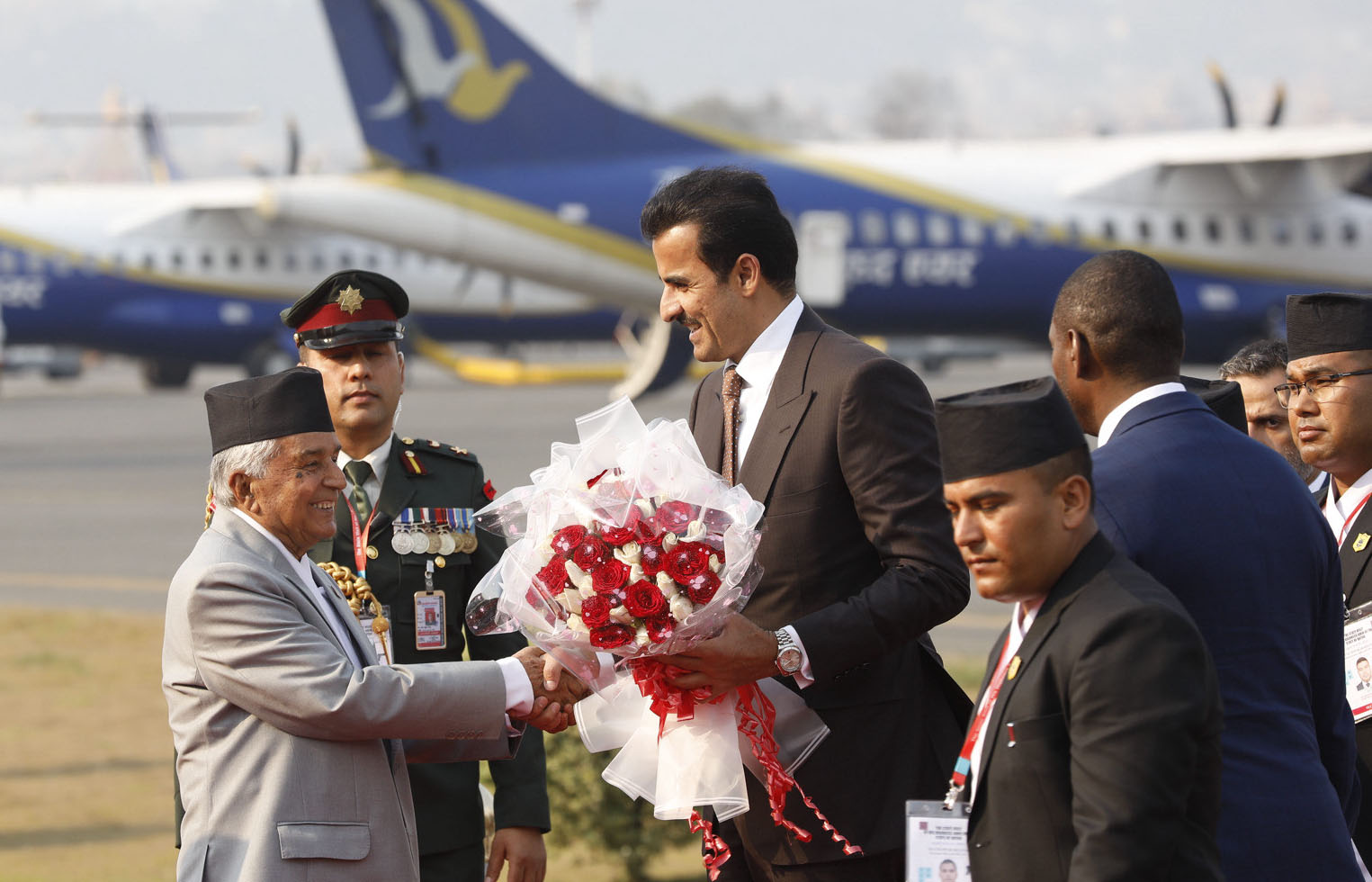Nepal, a country tucked away among the high peaks of the Himalayas, faces a formidable challenge: maintaining sustainable development in the face of frequent natural calamities. Even with its recent economic expansion, the country is locked in a never-ending conflict with nature’s devastating powers. Due to its location, it is extremely vulnerable to various natural disasters, including earthquakes, avalanches, and landslides.
Nepal experiences the worst of nature’s wrath year after year; fatalities and the destruction of vital infrastructure are the results. These concerning numbers highlight the scope of the catastrophe engulfing the country and feed a vicious cycle of destruction and reconstruction that depletes resilience and resources.
Organizations and authorities are working nonstop to improve response and preparedness systems in an effort to lessen the effects of these disasters. However, the magnitude of the task continues to be overwhelming as Nepal struggles to reconstruct broken lives and shattered communities in the wake of every disaster.
The Nepalese people exhibit incredible tenacity and bravery in the face of such hardship, coming together as a united front to face the trials brought on by nature’s indiscriminate wrath. In the face of the harsh reality of their situation, they are resolute in their efforts to move forward, to rebuild stronger, and to blaze a trail through the treacherous Himalayas towards a more resilient and sustainable future.
These catastrophes have a cost that goes well beyond numbers; they cause great human pain and obstruct the country’s efforts to progress. Livelihoods are destroyed, families are split apart, and communities are left to struggle with the impossible job of rebuilding amid the rubble.
The nation’s attempts to build resilience are severely hampered by a lack of funding, poor infrastructure, and institutional capacity issues. Moreover, the threat of climate change is quite real and is making extreme weather events more often and intense in the area. Nepal’s susceptibility to increasing temperatures, unpredictable rainfall patterns, and melting glaciers increases the likelihood of floods, droughts, and glacial lake outburst floods (GLOFs).
The COVID-19 pandemic has surfaced as a powerful reminder of the interdependence of global crises amidst these difficulties. Like many other countries, Nepal struggled to both stop the virus’s spread and lessen its socioeconomic effects. The epidemic exposed weaknesses in the nation’s healthcare system, underscoring the necessity of making significant investments in strong public health infrastructure.
Moreover, strengthening Nepal’s ability to endure and recover from natural disasters would depend on promoting increased international cooperation and utilizing cutting-edge funding structures. Nepal can lead the way in sustainable development that ensures no one is left behind by addressing the needs of marginalized groups, encouraging eco-friendly livelihoods, and investing in resilient infrastructure.
The tenacity and inventiveness of Nepal’s people provide a glimmer of hope for a better future as the country negotiates the perilous terrain of sustainable development in the face of natural disasters and economic uncertainty. Nepal can achieve its vision of a more prosperous, egalitarian, and sustainable future by surmounting the great difficulties ahead with unity, solidarity, and unflinching dedication.
In addition, the economic effects of the epidemic have increased inflationary pressures in Nepal, making matters worse for vulnerable groups that are already suffering from the effects of natural calamities. Rising costs for basic goods combined with stagnating incomes have made inequality and food insecurity worse, creating significant obstacles to the country’s efforts to achieve equitable and sustainable development.
Nepal needs to take a comprehensive, multi-sectoral strategy to disaster risk reduction and sustainable development. Building a more resilient future requires bolstering early warning systems, boosting community resilience, and integrating climate adaption strategies into development planning.





